Classification of Rocks and Minerals
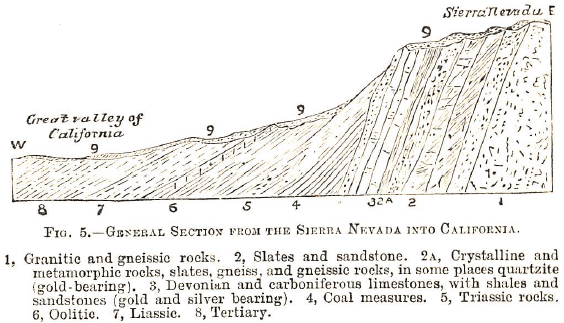
The following are the various divisions under which rocks may be classified: IGNEOUS Rocks which have been subjected to heat. Volcanic (those that have been cooled at or near the surface) :— Trachyte (rough, greyish in colour, and light in weight). Basalt (blackish or brown, heavier and with fewer holes in it than trachyte). Phonolite, […]
Process used to Identify Minerals
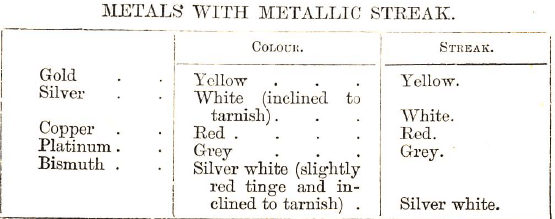
In the process of discovering the nature of a rock and Identifying Minerals, the mineralogist may derive the necessary information by a careful study of its external appearance and characteristics; the form of crystallization, hardness, specific gravity, colour, streak (the colour when scratched, or when rubbed on a piece of porcelain), and also from its […]
Blowpipe Assaying
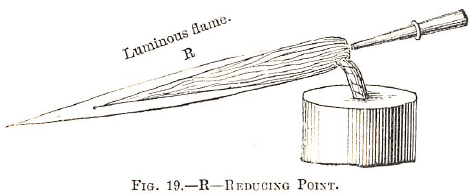
How to make and use a blowpipe to test and perform a metal analysis for the presence of various minerals by evaluating the nature of the flames. Methods of testing in an open tube and a tube closed at one end.—On charcoal with carbonate of soda.—With borax and microcosmic salt on platinum wire.—Tables of reactions -with […]
How to use a Microscope to Help Solve Gold Metallurgy
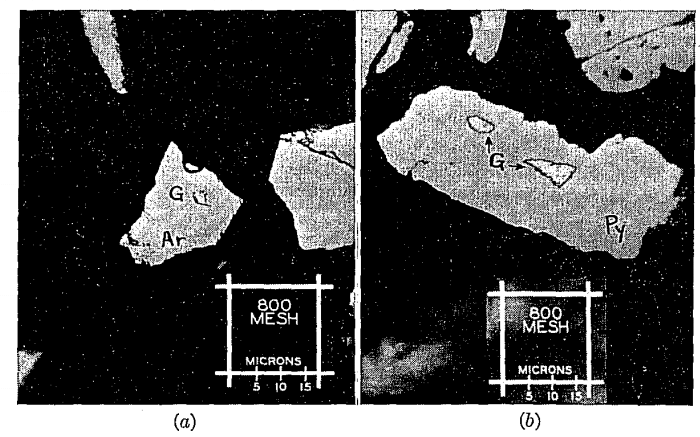
The assistance that can be obtained from the microscope in solving ore-dressing problems has been increasingly appreciated in the recent years, as attested by the frequency of papers on the subject. Observations by means of binocular microscopes with magnifications up to 100 diameters and corresponding resolutions have long been common practice, and such observations are a great […]
Laboratory Microscope

Microscope Quick determination of a sample can often be made by means of a microscope. Over-all losses can be reduced even in a flotation circuit by examining the various test plant products with a microscope without waiting for the return of assays. The general purpose microscope is also being extensively used to determine the association […]
Common Uranium Minerals Classified by Colors
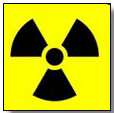
Name Chemical Composition %U3O8 Color Luster Hardness Specific Gravity SG Characteristics & Occurrence Pitchblende Uranium oxide 50-80 Black (Grayish, Greenish) Pitch like Earthy, Dull or Glassy 5-6 6-9 In Veins; often with Sulphides of Cobalt, Nickel,Silver, Bismuth or Yellow Secondary Uranium Minerals. Never Brownish or Reddish. Uraninite Uranium oxide 65-85 Black (Grayish, Greenish, Brownish) Pitch like […]
Classification of Minerals
The first step in the identification of a mineral before any chemical tests are made should be the recognition of the physical and optical properties and occurrence of the mineral. The physical properties are discussed below. Color: The color is fairly constant in some minerals but not in all, and commonly the color is due […]
Tungsten Molybdenum System
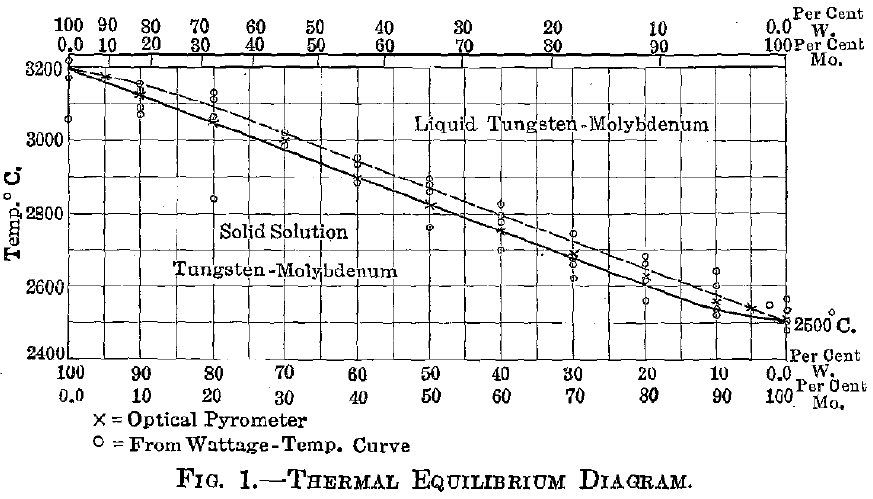
A complete list of the elements includes 18 that melt above 1,700° C. There does not exist one complete thermal equilibrium diagram for any pair of these 18 elements. Several of these elements have been combined, in relatively small proportions, with metals of lower melting point: e.g. tungsten, molybdenum, and vanadium, in steels, or with […]
Sphalerite AND Sulphides
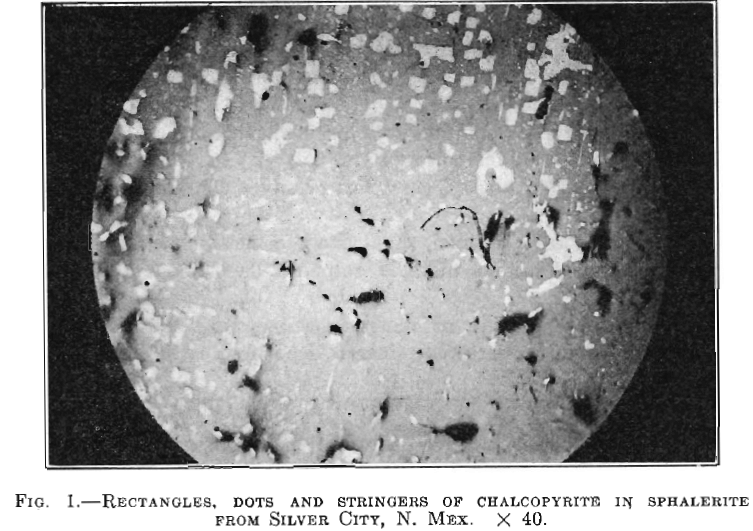
As sphalerite is such a common constituent of many types of ore, the present investigation was undertaken to determine what its relations are to the other minerals in the deposits, and also whether these are of any genetic significance. The data presented herewith were obtained from a mineralographic study of about 200 ore specimens from […]
Geometallurgy: Integrating Geology and Metallurgy

The variability in gold recovery (geometallurgy) is a very important problem to study during the first steps of the project and even during the operation. Probably, the explanation of that problem for some plants is not well known and the problem has to be solved with valid criterion that were not considered during the design […]
